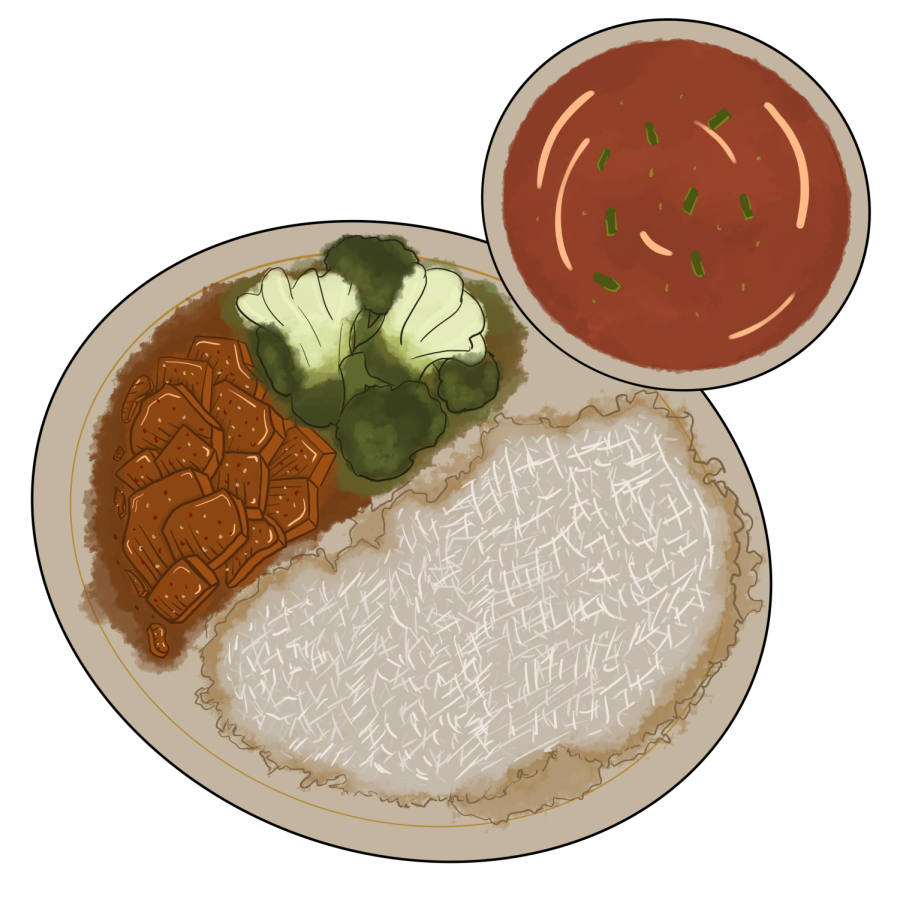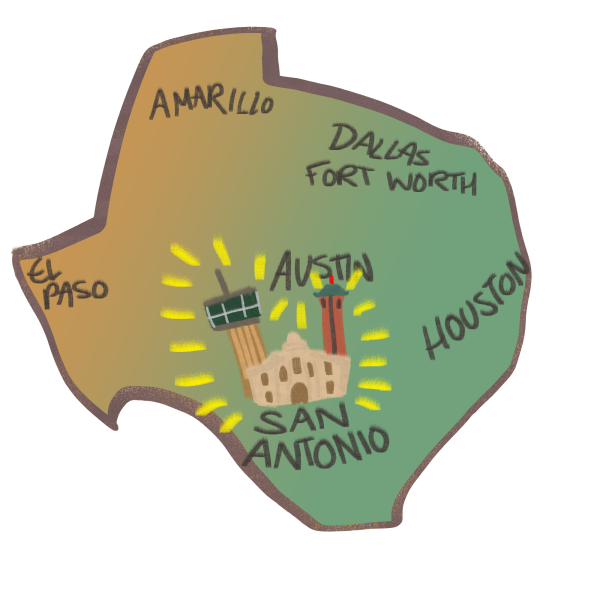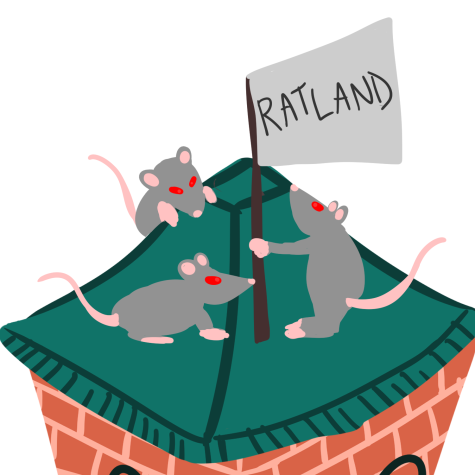The Southeast Asian Foodway: What my meal looks like
I am proud to be a Southeast Asian. Just as they say America is a melting pot of culture, Southeast Asia is a diverse and fascinating cultural crossroads that forms both a geographic and a culinary link between Asia and the Indian subcontinent.
Traditional Southeast Asian recipes incorporate the organizing principles of Chinese cuisine and the complex flavors derived from Indian herbs and spices. Food can be sweet, sour, salty, spicy and bitter all in the same bite. How I miss that! Through modern influences, the area has also embraced certain aspects of colonial French cuisine and to a lesser extent, Spanish and American cooking. Although the foods of Vietnam, Cambodia, Laos, Burma (Myanmar), Indonesia, the Philippines, Thailand and Malaysia share core similarities, there are also significant regional differences. While Thai food, for example, is often characterized as sweet and spicy, Vietnamese food is considered light and refreshing, and Filipino cuisine is heavy in comparison.
So what does a typical Southeast Asian meal look like? I realized the many differences when I arrived here in 2018, especially during my stay at an American friend’s place for two months. Most Southeast Asian meals are served family style, rather than as a series of courses. All dishes are set on the table, and guests are encouraged to take a little bit of everything. Rice is considered a neutral canvas on which other flavors and textures are enjoyed and present in almost every single meal, even breakfast at times. Vegetables and a protein or two are often accompanied by a communal broth for sipping and cleansing the palate throughout the meal. A cup of hot tea is often sipped at the end of the meal to aid digestion, although I prefer chè, a dessert pudding.
From my observation, there are a few different reasons for the growing popularity of Asian food and cuisine in the U.S. On the institutional level, it can be seen as a reflection of the increasing globalization and transnationalism taking place in the U.S. and around the world in general—the economic and cultural boundaries between countries are becoming less rigid and the gradual diffusion of different elements of national culture such as food and cuisine are some examples of this trend.
On the group level, the growing popularity of Asian cuisine is also a function of the demographic trends taking place in the U.S., specifically the growing population of Asian Americans and Asian immigrants, whose total numbers and proportion of the total U.S. population continue to gradually increase each year. As the number of Asians/Asian Americans continues to grow, so do the numbers of Asian businesses and restaurants located in both Asian-heavy areas and enclaves.
Finally, on the individual level, Americans are generally very open to various elements of foreign culture, such as food (which does not necessarily translate into equal openness to the actual foreigners themselves). As such, cultural elements like Asian cuisine are generally seen as a “safe and easy” way for Americans to demonstrate their cultural curiosity and openness.
These days, traditional Asian cuisine is undergoing another transformation, but instead of being combined with Western tastes, the result comes from combining elements and styles from different Asian cultures into a new fusion style of pan-Asian dishes. Many of these early fusion dishes were synthesized from Thai, Vietnamese, Indian and Chinese cuisines (along with a few French influences), although other Asian cultures are slowly being mixed into the trend. These restaurants also tend to target slightly more upscale customers and are concentrated mainly in the major metropolitan areas around the U.S. I’m not sure how well the fusion process is happening, but sometimes, I do long for a bowl of phở that tastes just like how I remember from home.

I am a native of Hanoi, Vietnam, and spent part of my childhood in Bangladesh and Cambodia. I am a senior majoring in Piano Performance and Communication,...

I'm a senior Computer Science major and a Classical Studies minor from Newton, North Carolina with a passion for art. I also work at the Center for Experiential...















